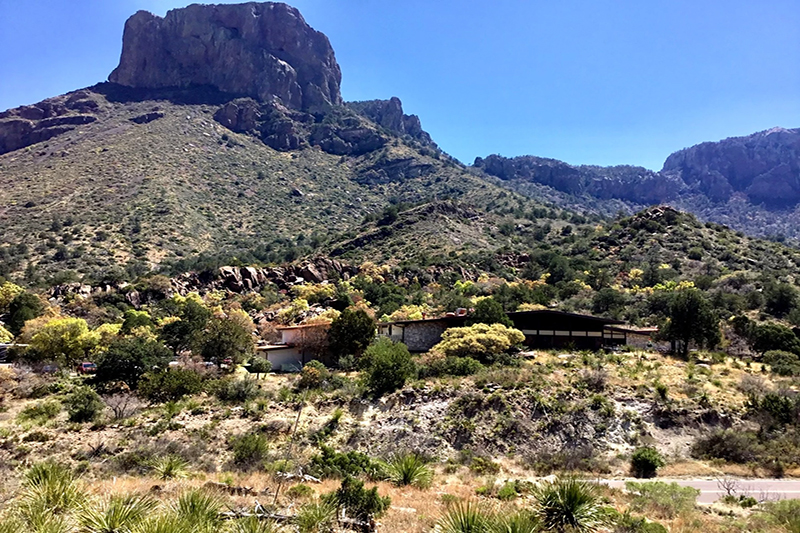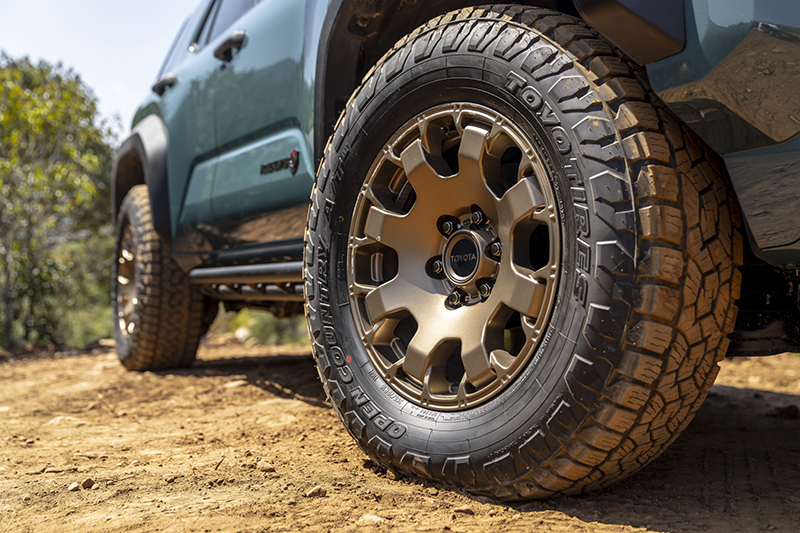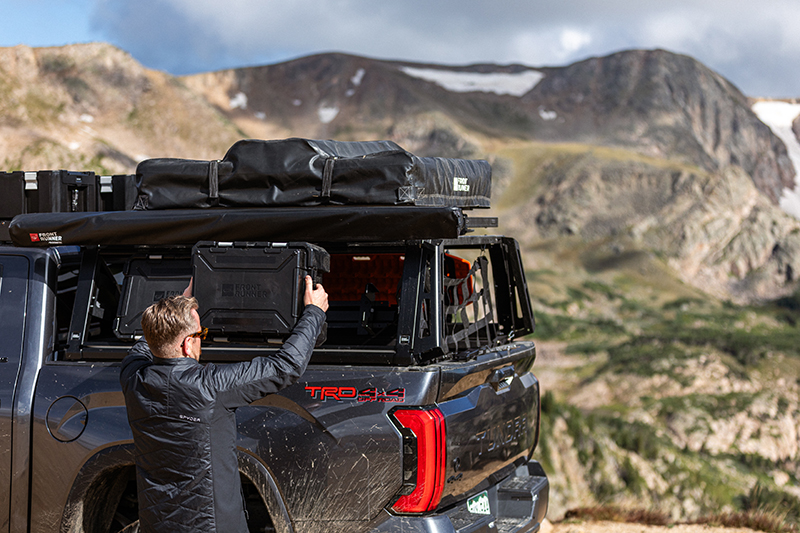Outdoors Survival
Have you ever wondered how our ancestors survived? The priorities they practiced are still relevant today. Our means of fulfilling those priorities have changed quite a bit with the help of technology and our civilization as a whole. We now earn money through our jobs to buy food, and to pay the mortgage and utilities. Essentially this is how we survive in our modern lives, but like our ancestors the same basic priorities exist and will never change.
Those priorities include:
- Medical
- Shelter
- Fire
- Water
- Food
- Signaling
- Will to Live
How do survival situations happen? An adventurous lifestyle comes with certain risks, and many people underestimate those risks or fail to prepare for them adequately.
Last year a small family took their Jeep on a road trip to visit relatives in Nevada. It was December, with snow on the ground and freezing night temperatures. The unexpected happened when the Jeep overturned and the family faced a survival situation. The father kept the family alive by heating rocks, using the overturned Jeep as shelter, and burning a tire to keep his loved ones warm. Two days later a Search and Rescue team found the family and returned them to safety.
Even the most innocent of activities can become life threatening. Your vehicle breaks down, you slip on a wet rock while hiking and break a leg, or you get turned around tracking an animal you’ve shot. None of these scenarios is something you would want to happen, and you can prevent them from becoming life threatening.
RULE OF THREE
In survival we have what is known as the Rule of Three:
- Three hours without adequate shelter in an extreme hot or cold environment
- Three days without water
- Three weeks without food
Knowledge and application of these general rules will keep you alive as long as you give your body what it needs before getting hypothermia/hyperthermia, dehydration, or starvation. This system is designed to help with your decision making process in a life threatening situation. For example, in a cold environment my first priority would be shelter/fire to defend against hypothermia, followed by water procurement, and last would be food.
MEDICAL
Most people are placed in a survival situation because of an unexpected injury. Depending on the level of injury it may become your first priority. Stopping blood loss or stabilizing a broken limb should be addressed prior to shelter-building or procuring food. If you venture into the outdoors it would be beneficial for you to take a Wilderness First Aid class or at the very least CPR/First Aid training. Carrying a medical kit consistent with your level of training is a must.
SHELTER
On average there are 1,500 recorded deaths each year in the US related to hypothermia and about 700 from hyperthermia.
Clothing is your first line of defense against the elements. Always carry clothing that will protect you against the worst-case scenario in your environment. This may be a waterproof outer layer, mid layer, and a wicking base layer for a cold environment. In a hot environment you will want to protect your skin from sunburn and insects with something like a cotton long-sleeved shirt, wide-brimmed hat, and bug net.
It’s also important to have a way to make an improvised shelter. Space blankets and tarps can be found at many outdoor retailers. Tarps are great because they are lightweight, will keep the rain off, and will protect you from the sun’s rays in a hot environment.
FIRE
Fire is one of the most important elements of survival. It can be used to signal for rescue, to illuminate, to cook food, disinfect water, provide warmth, sterilize medical instruments, and aid in all the other priorities of survival. Always ensure that you have the ability to make fire. Carry multiple fire starting devices such as a cigarette lighter, wind/waterproof matches, or magnesium fire starter.
WATER
Dehydration can incapacitate even the most rugged outdoorsman. The rule of thumb is a gallon of water per day per person. However, if you are in a hot environment, you may need more than that. Understand that you should ration sweat and not water. Even though the planet is mostly made up of water, much of it is unfit to drink. For instance, salt water is never acceptable to consume. And, clear, free-flowing water is likely not free of pathogens. It’s important to know how to disinfect water or carry a device that can do it for you through boiling, filtering, or collecting water with methods like a solar still.
FOOD
Most people will tell you that food is not that important in a short-term survival scenario, but survival is hard work. You will expend an immense amount of calories building shelters and collecting firewood, especially if you have to self-rescue. If you do not have water you should not eat; the water your body will use to process the food will result in greater dehydration. Always carry a few high-energy foods with you. Energy bars and trail mix are some viable options.
SIGNALING
The whole goal is to get out of the situation. Having methods or devices to signal a rescuer is critical. Cell phones, strobes, signal mirrors, whistles, and flares are a great place to start. A good habit is to let someone know where you’re going, for how long you plan to be gone, and when you will be back. This information can then be provided to a search team.
WILL TO LIVE
This is probably the most important survival priority. Mental fortitude and having the desire to never give up no matter what you are faced with will carry you through when things get tough.
No one wants to wind up in a survival situation. But understanding the priorities of what it takes to live will better prepare you and your mindset.
OutdoorX4 Magazine – Promoting responsible 4×4 adventure travel and outdoor recreation














